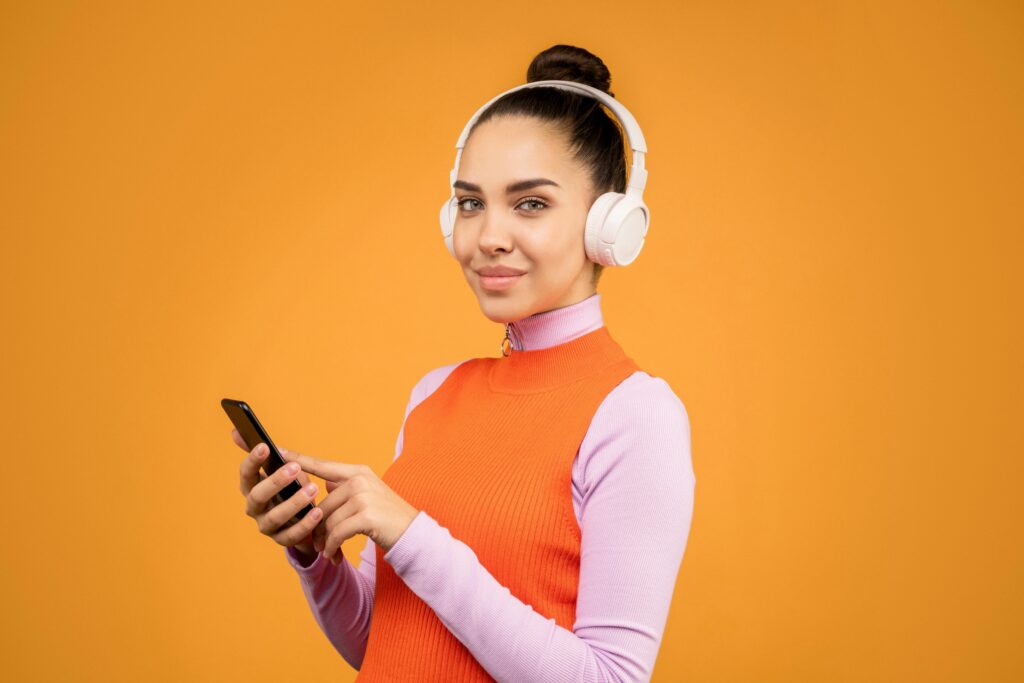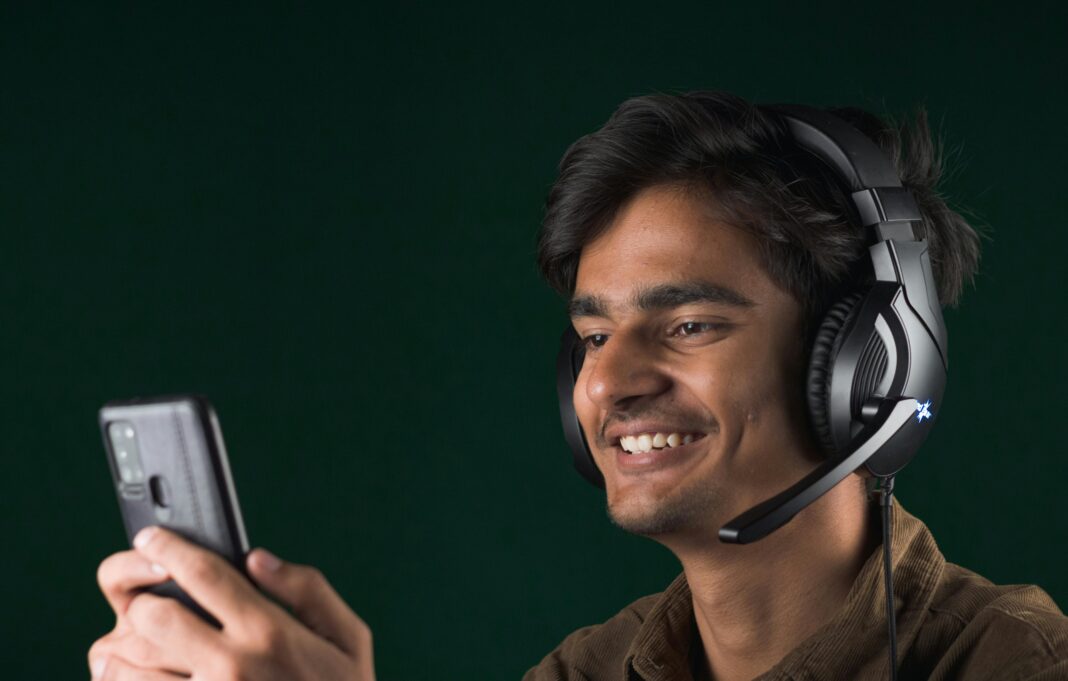Mobile gaming has evolved into a high-performance activity, pushing smartphones to their thermal limits. Unlike gaming consoles or PCs, phones lack advanced cooling mechanisms, making them prone to overheating during extended gameplay. Excessive heat degrades performance, shortens battery life, and can cause permanent hardware damage.

This in-depth guide explores practical, science-backed methods to keep your phone cool while gaming. We’ll cover:
- Why phones overheat (and the risks involved)
- Immediate cooling solutions (quick fixes for hot phones)
- Long-term prevention strategies (to protect your device)
- Best accessories for heat dissipation
- Common myths about phone cooling
- FAQs (expert answers to frequent concerns)
Let’s dive into the details.
Why Do Phones Get Hot When Gaming?
1. Intensive CPU & GPU Usage
Modern mobile games demand significant processing power. High-end titles like Genshin Impact, Call of Duty: Mobile, and PUBG push the CPU and GPU to their limits, generating substantial heat. Unlike gaming PCs with fans and liquid cooling, smartphones rely on passive cooling, making heat dissipation less efficient.
2. Poor Thermal Design in Smartphones
Most phones use metal and glass bodies, which trap heat instead of dissipating it. Manufacturers prioritize sleek designs over cooling efficiency, leading to thermal throttling (where the phone slows down to prevent damage).
3. High Screen Brightness & Refresh Rates
OLED and AMOLED screens consume more power at high brightness, increasing heat. Additionally, 120Hz or 144Hz refresh rates (common in flagship phones) generate extra heat compared to standard 60Hz displays.
4. Background Apps & System Processes
Many apps run in the background, consuming RAM and CPU resources. Social media apps, cloud sync services, and location tracking contribute to unnecessary heat buildup.
5. Fast Charging While Gaming
Charging your phone while gaming is a major heat contributor. Fast charging (30W, 65W, or even 100W+) generates excess heat, compounding thermal stress.
How Overheating Affects Your Phone
1. Performance Throttling
When a phone overheats, it reduces CPU/GPU speeds to cool down, causing:
- Lag and stuttering
- Lower frame rates (FPS drops)
- Longer loading times
2. Battery Degradation
Lithium-ion batteries degrade faster at high temperatures. Prolonged exposure to heat can:
- Reduce battery capacity by 20-30% within months
- Increase charging times
- Cause unexpected shutdowns
3. Screen Burn-In (OLED Displays)
OLED screens are prone to burn-in (permanent image retention) when exposed to prolonged high temperatures.
4. Potential Hardware Failure
Extreme overheating can:
- Damage the motherboard
- Warp internal components
- Cause Wi-Fi/Bluetooth connectivity issues
Best Ways to Keep Your Phone Cool While Gaming
1. Optimize In-Game Settings
Lowering graphics settings reduces GPU load. Recommended adjustments:
- Texture Quality → Medium/Low
- Shadows → Off or Low
- Anti-Aliasing → Disabled
- Frame Rate → 60Hz (instead of 120Hz)
2. Use a Phone Cooling Fan
Active cooling solutions like:
- Black Shark FunCooler Pro (magnetic cooling fan)
- Redmagic Ice Cooler (clip-on fan with adjustable speed)
- Peltier Coolers (thermoelectric cooling pads)
These devices can lower temperatures by 10-15°C, preventing thermal throttling.
3. Remove the Phone Case
Most cases trap heat. Removing them improves airflow. Alternatively, use a ventilated gaming case with heat dissipation channels.
4. Play in a Cool Environment
- Avoid direct sunlight
- Sit near a fan or air conditioner
- Place the phone on a cool surface (ceramic tiles, metal desk)
5. Close Background Apps
- On Android: Use Developer Options → Background Process Limit
- On iPhone: Enable Low Power Mode
6. Avoid Fast Charging While Gaming
If you must charge, use:
- Slow charging (5W-10W)
- Wired charging (instead of wireless)
7. Take Breaks Every 30-45 Minutes
Letting your phone cool down prevents cumulative heat damage.
Best Cooling Accessories for Mobile Gamers
| Product | Type | Cooling Efficiency | Price Range |
|---|---|---|---|
| Black Shark FunCooler Pro | Magnetic Cooling Fan | High (10-15°C drop) | 40−40−60 |
| Redmagic Ice Cooler | Clip-On Fan | Medium (8-12°C drop) | 30−30−50 |
| Peltier Phone Cooler | Thermoelectric Cooler | Very High (15-20°C drop) | 50−50−80 |
| Spigen Cryo Armor Case | Ventilated Phone Case | Moderate (5-8°C drop) | 20−20−35 |
Myths About Phone Cooling
❌ “Cooling apps lower temperature” → Fake. They just close background apps.
❌ “Putting your phone in the fridge helps” → Dangerous (condensation risk).
❌ “Thicker cases cool better” → Wrong. Most trap heat.
FAQs
Q: How hot is too hot for a phone?
A: 95°F (35°C) = Warm but safe. 113°F (45°C)+ = Danger zone.
Q: Does 5G cause more heat than Wi-Fi?
A: Yes. 5G modems consume more power, increasing heat.
Q: Can overheating break my phone?
A: Yes. Prolonged heat damages the battery, CPU, and screen.
Q: Should I use ice packs to cool my phone?
A: No. Sudden temperature changes cause condensation.
Final Thoughts
Keeping your phone cool ensures better performance, longer battery life, and device longevity. Implement these strategies to enjoy smooth, uninterrupted gaming without overheating risks.
Need more details? Ask in the comments!

